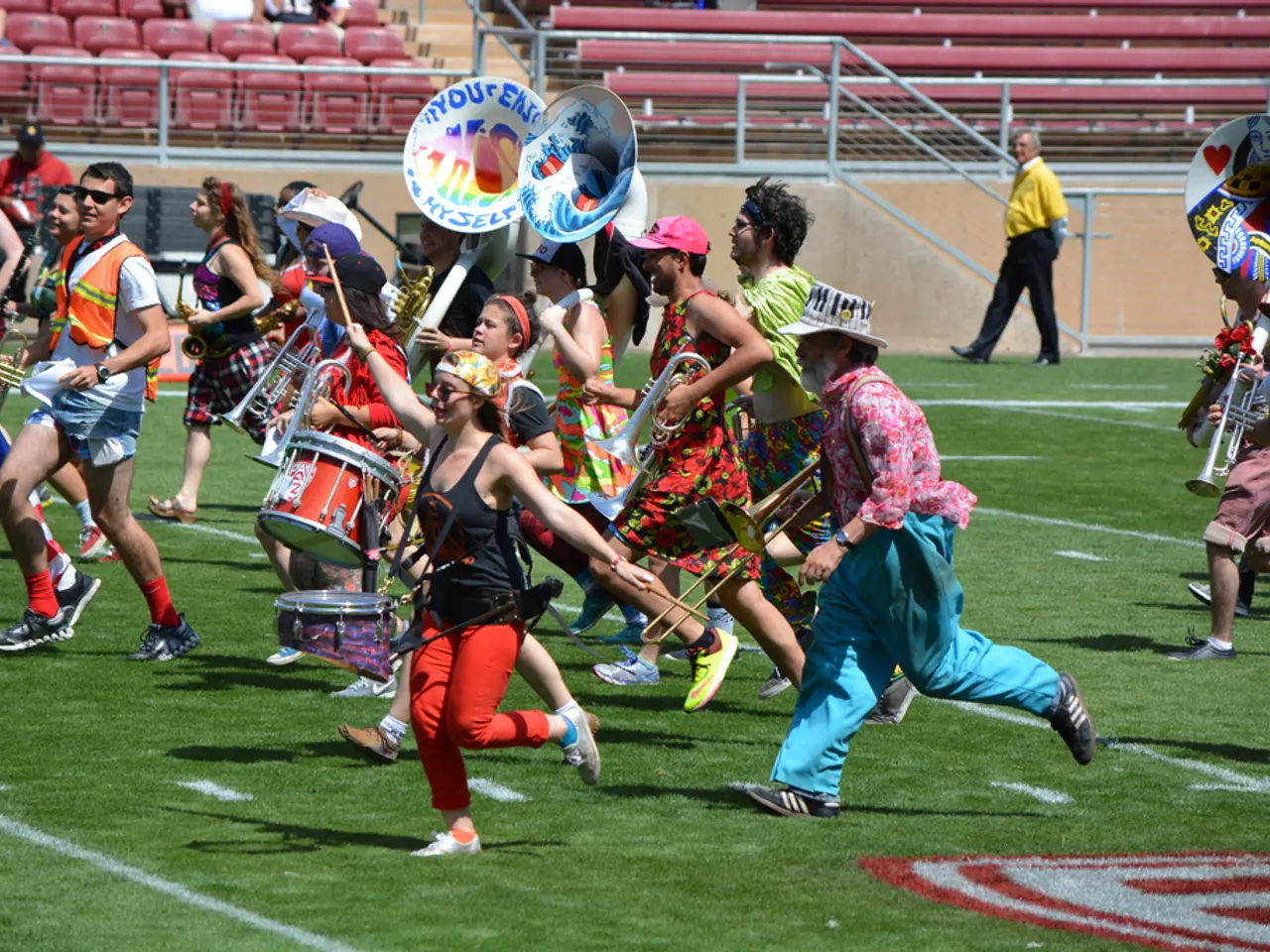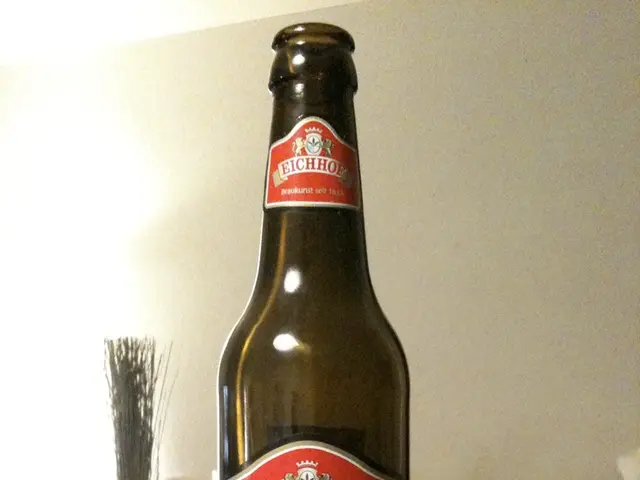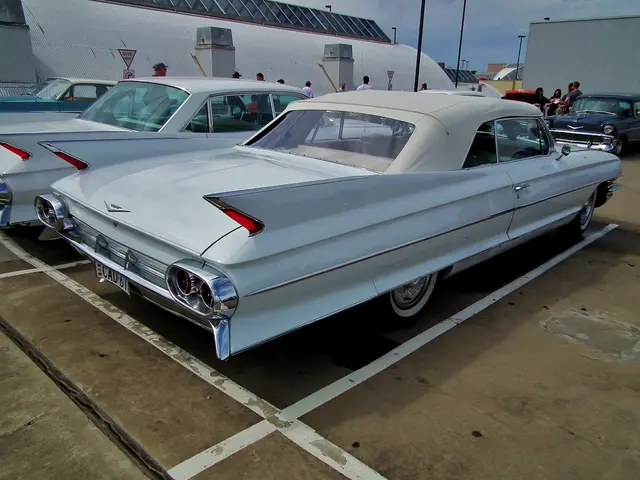Folk Music: A Rich Tapestry of Global Traditions and Autumn Melancholy
Folk music, with its diverse roots and influences, is a rich tapestry that's hard to define. While many associate it with autumn, its global reach and varied traditions often remain unexplored.
Fairport Convention's 'Liege And Lief' (1969) is a landmark album in British folk revival, blending traditional ballads with original compositions. Similarly, American folk music emerged from a fusion of British and Irish settlers' tunes and African slaves' songs. This blend has led to a significant crossover with country music, sometimes labelled 'Americana', though the term's acceptance varies.
Autumn's colder days and longer nights seem to resonate with folk's melancholic undertones. Bob Dylan's classic 'Freewheelin' Bob Dylan' (1963) captures this spirit, featuring iconic tracks like 'Blowin' in the Wind' and 'Girl from the North Country'. Yet, the use of electric instruments in modern folk music remains a contentious issue for some purists.
From its varied origins and influences to its seasonal associations, folk music is a complex and rich genre. Albums like Fairport Convention's 'Liege And Lief' and Bob Dylan's 'Freewheelin' Bob Dylan' stand as testament to its enduring appeal and evolution.
Read also:
- Executive from significant German automobile corporation advocates for a truthful assessment of transition toward electric vehicles
- United Kingdom Christians Voice Opposition to Assisted Dying Legislation
- Democrats are subtly dismantling the Affordable Care Act. Here's the breakdown
- Financial Aid Initiatives for Ukraine Through ERA Loans








